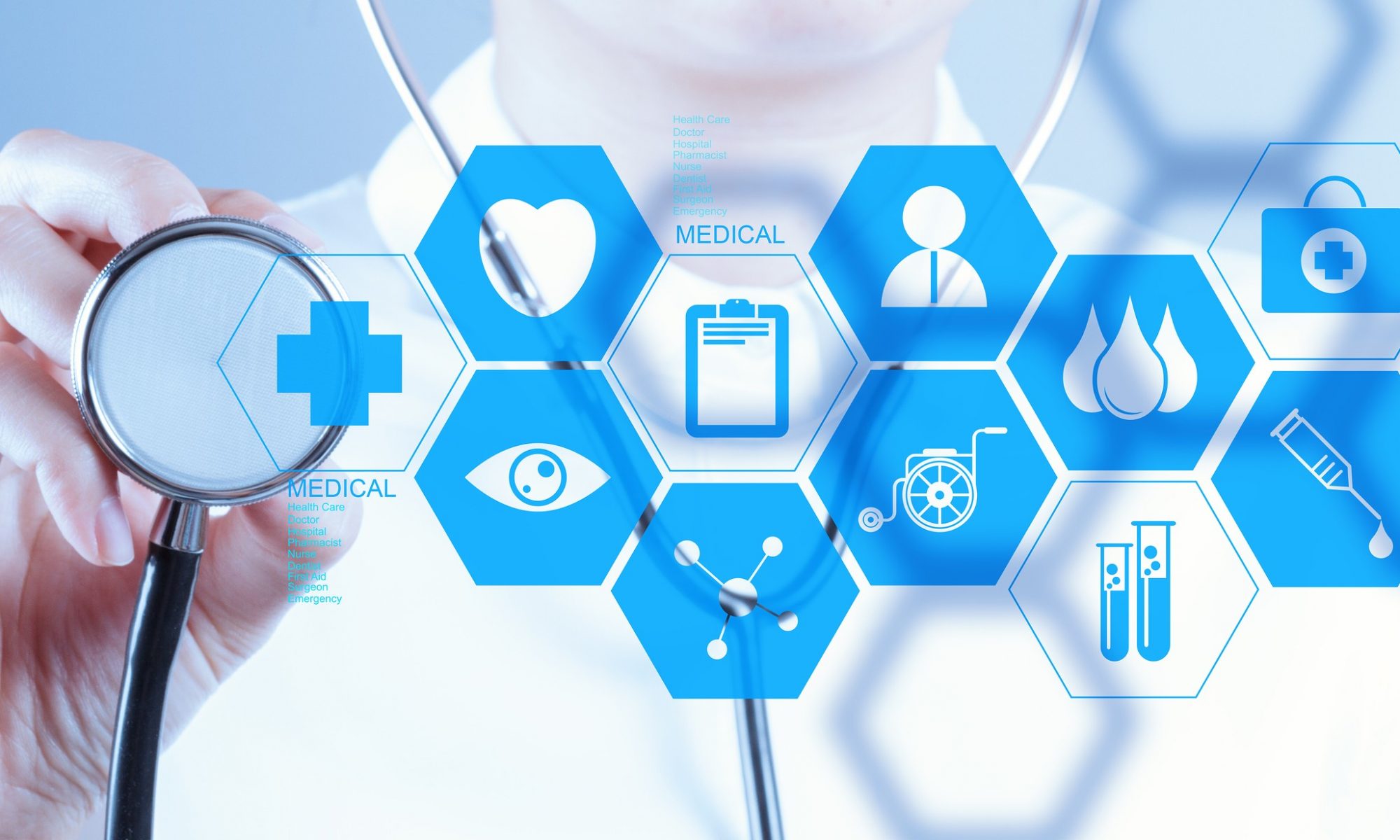On the 20th of June, also a very hot day in this heatwave week, the EM colloquium took place. A colloquium is a small lecture for a capacity group (in this case for the electromagnetics group) focused on a specific subject. The subject of this EM colloquium was neuromodulation. The two speakers were ir. Elles Raaijmakers and Prof. dr. Paul Boon. Paul is a doctor working as a professor at Ghent University and at Kempenhaeghe. Elles is a PhD student doing research in the field of neuroengineering focused on electromagnetics.
Neuromodulation is technology that acts directly on the nerves in our bodies. It is the alteration- or modulation of nerve activity by delivering electrical or pharmaceutical agents directly to a target area. This technology is growing rapidly and therefor this colloquium gives a great view on the nowadays standards.
Elles started by giving a presentation with the subject: “Can we hack our brains using EM fields”, a very appealing subjects since we’ve all heard about Frankenstein and robotic humans. This presentation was about a study to the direct influence of EM stimulation on single neurons. Elles explained how neurons can be stimulated using specific electric pulses and how the electrical activity of a neuron can be measured. It is still a challenging task to know the exact activity of a neuron because in order to know this, you have to put 500 probes in this 5 micrometer cell body. The conclusion is that a black box model is made for this neuron and there is, for now, no way to measure exactly how the activity of a neuron is. It is, however, possible to modulate activity of the neuron is some kind of way. A bright (hackable) future is ahead!
The next speaker was prof. dr. Paul Boon. His presentation was called ‘Neuromodulation for brain disorders, with a focus on epilepsy’. First, some facts and figures were presented with how many people in the world have neurological diseases. Did you know that this is more than 2x the number of people that have cancer? Next, different kind of neuromodulation systems were discussed. For example, the deep brain stimulation (DBS) technique can be used to suppress the tremor in patients with Parkinson’s disease. Two electrodes are implanted in the brain that stimulate a focal spot that makes sure the patient stops shaking. This technique is sometimes used in epilepsy patients as well. Next, transcranial magnetic stimulation (TMS) is used to induce currents in the brain to change its behavior using magnetic fields induced by a coil.
The two presentations were very interesting and inspiring and we now know a lot more about the neurostimulation and applications of it. We’re looking forward to such another colloquium.
[ngg_images source=”galleries” container_ids=”4″ display_type=”photocrati-nextgen_basic_slideshow” gallery_width=”600″ gallery_height=”400″ cycle_effect=”fade” cycle_interval=”5″ show_thumbnail_link=”1″ thumbnail_link_text=”[Show thumbnails]” order_by=”imagedate” order_direction=”ASC” returns=”included” maximum_entity_count=”500″]

